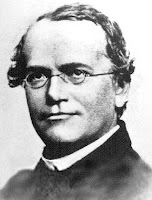With the 19 inches added to the total of snowfall we have over 50 inches! Too much snow is what I have to say and if snow keeps falling people will eventually have to give up at some point. What I recommended to people is to make sure you have shovels and a lot of salt especially if you live up north or in the east. Good Luck and make sure you stay warm.
Here are some pictures of snow!
SOURCE:
http://abcnews.go.com/US/winter-storm-east-coast-batters-record-breaking-snowstorm/story?id=12774029
| Add cThree men attempt to free an automobile from the snow on New York's Upper West Side, Jan. 27 |
| Jan Eggers digs out his car in New York City Jan. 27, 2011, the morning after another storm dumped more than a foot of snow in some areas overnight |
